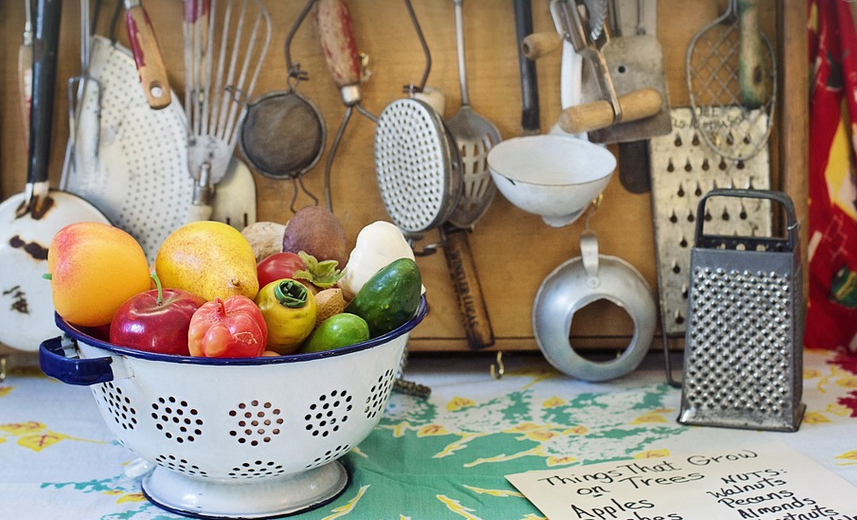Brush On Primer For Plastic: Enhance Your Painting Experience

The Secret Weapon for Smooth, Flawless Finishes
Whether you’re a seasoned DIYer or just starting your creative journey, you know that a good primer is essential for any successful paint job. But did you know that using a specially formulated brush-on primer can be the key to achieving truly impressive results? This article explores the world of brush-on primers and how they can transform your plastic painting experience.
What Makes Brush-On Primer So Special
Traditional paint application might seem straightforward, but it often faces challenges with plastic surfaces. These surfaces are prone to inconsistencies in texture, unevenness in surface absorption, and slight imperfections that prevent the paint from adhering properly. Brush-on primers offer a game-changing solution by bridging these gaps.
Let’s delve into what makes this type of primer so powerful:
* **Prepping for Perfection:** Brush-on primers act as a smooth canvas, allowing paint to cling onto the plastic surface with ease. This crucial step prevents paint from chipping or peeling off later on, ensuring longevity and a polished look.
**Bridging the Texture Gap**: Plastic often comes with varied textures that can hinder uniform paint coverage. Brush-on primers are specially designed to fill in these gaps, allowing paint to penetrate the surface effectively and giving you that smooth, even finish.
* **Building a Stronger Bond:** A good primer bonds the plastic better than paint alone, helping your final coat of paint last longer. The primer provides a solid foundation for the paint, preventing bubbling, flaking, or peeling over time.
Types of Brush-On Primers
There are various types of brush-on primers available, each with its unique qualities suited for different plastic surfaces.
* **Acrylic Primer:** The most common type, acrylic primer is water-based and readily adheres to a variety of plastics. It’s known for its versatility, covering both smooth and rough surfaces. * **Epoxy Primer:** This robust primer offers exceptional adhesion due to its strong epoxy formula. Ideal for high-demand applications where durability and long-lasting protection are paramount. * **Oil-Based Primer:** Offering excellent coverage, oil-based primers are known for their ability to fill in deep cracks and imperfections. However, they require thinner applicators and proper ventilation as they contain solvents.
Choosing the Right Primer
Selecting the right primer is crucial for your project’s success. Consider these factors:
* **Surface Type:** Is it smooth or textured? Is it marine-grade plastic or something else entirely?
* **Finish Requirement:** Are you aiming for a matte, gloss, or satin finish?
* **Durability Needs:** Will the surface face harsh weather conditions, frequent use, or potential damage from scratches?
The Application Process: A Step-by-Step Guide
Here is a simple guide on how to apply brush-on primer for plastic successfully:
1. **Prepare the Surface:** Clean and dry any previously painted areas thoroughly. Remove any dirt, dust, or grease with a damp cloth. 2. **Apply Primer:** Use a clean paintbrush designed for priming to evenly spread a thin layer of primer onto the surface. Apply in straight lines, working in small sections to avoid dripping. 3. **Let it Dry:** Allow the primer to dry completely before proceeding with your final color coat to ensure optimal adhesion and achieve the desired finish.
Tips and Tricks for Painting Success
To help you get the most out of your brush-on primer, here are some helpful tips:
* **Stir it Up:** Before applying, stir the primer well to ensure a smooth consistency and consistent color. * **Thin Coats:** Apply in thin coats rather than thick ones to prevent uneven drying and potential bubbling or cracking. * **Work Efficiently**: Work methodically from top to bottom, allowing each coat to dry before applying the next one for optimal results.
Final Thoughts: The Power of Primer
Using a brush-on primer is like adding an invisible shield to your plastic painting project. It gives you greater control over the process and ensures that the final paint job looks professional, lasts longer, and withstands the test of time. Don’t underestimate the importance of primer! It can make or break your results.